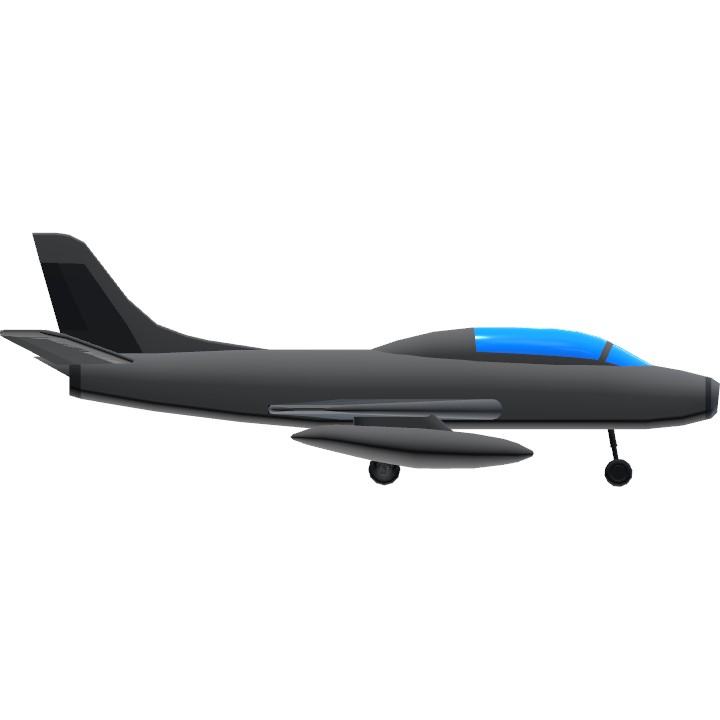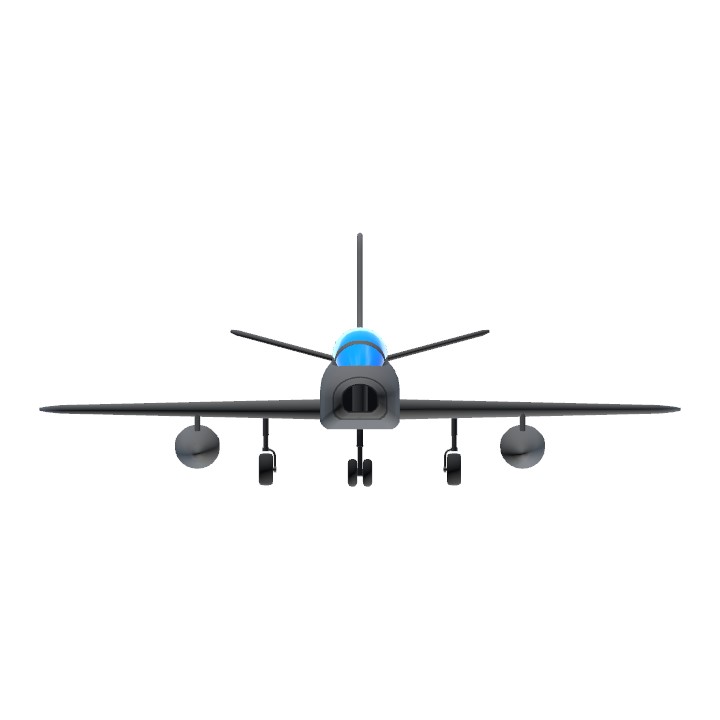Introductions:
The Fuji T-1 was Japan's first jet-powered trainer aircraft. Its first flight was in January 1958. A total of 66 T-1 planes were built. It was retired in March 2006.
After World War II, Japanese aircraft industry was banned from research as well as the destruction of materials and equipment related to aircraft. In 1952, a partial ban on aircraft research was lifted, making it possible to develop Japan's own domestic jet aircraft. In the spring of 1954, the Defense Agency's plan to develop a training jet aircraft emerged, which later lead to the development of the T-1 training plane.
The T-1 was the first indigenously designed Japanese jet aircraft to be developed since World War II. It was Japan's first mass-produced jet and the first aircraft to apply a swept wing. The development of a domestic jet engine was not completed in time, so the T-1A was powered by the British-designed Bristol Siddeley Orpheus turbojet and made its first flight on May 17, 1960. The T-1B was powered by the Ishikawajima-Harima J3 turbojet and 20 were produced between June 1962 and June 1963. Fuji was the successor to the Nakajima Aircraft Company (famous for building several aircraft such as Nakajima Ki-43 and Nakajima Ki-84 during WW2). The first aircraft of Fuji's own design was the T-1 jet trainer.
More than 200 T-1s were to be produced, but with the introduction of the Lockheed F-104J/DJ fighters, the education system changed and the Lockheed T-33A, which was in large numbers, took on the same role, and only 66 T-1s were introduced.
With the entry into service of its successor, the Kawasaki T-4, flight training with the T-1 was completed in December 2000. The last T-1 was retired on March 3, 2006.

Specifications
General Characteristics
- Predecessor Mobile Freindly Challenge(CLOSED)
- Created On iOS
- Wingspan 36.3ft (11.1m)
- Length 40.7ft (12.4m)
- Height 14.4ft (4.4m)
- Empty Weight 7,142lbs (3,239kg)
- Loaded Weight 10,019lbs (4,544kg)
Performance
- Power/Weight Ratio 1.345
- Wing Loading 41.8lbs/ft2 (204.0kg/m2)
- Wing Area 239.8ft2 (22.3m2)
- Drag Points 5919
Parts
- Number of Parts 100
- Control Surfaces 7
- Performance Cost 384




